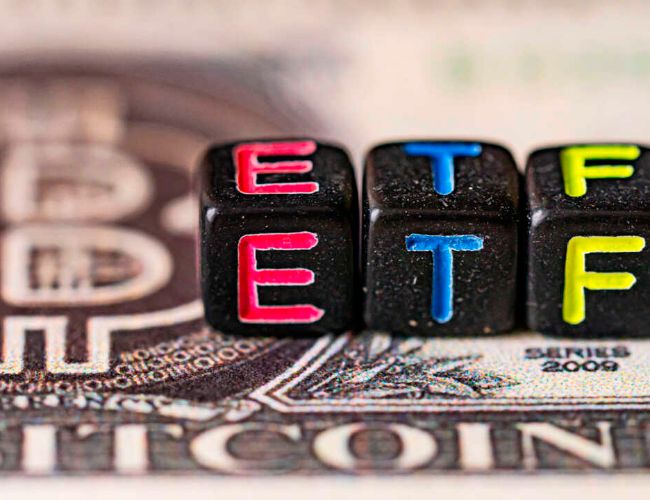The SEC approved trading spot Bitcoin ETFs on US exchanges in January. Since then, the products have generated huge interest, with major financial institutions like JPMorgan Chase, trading firm Susquehanna International Group, and others revealing substantial holdings in these ETFs.
6200% ROI
Ammon highlighted a hypothetical scenario where if the state had invested 5% of its rainy day fund into Bitcoin in 2016, the initial $4.65 million investment could have grown to approximately $473 million, marking a remarkable 10,000% profit.
Nevertheless, the state missed this significant ROI opportunity because it failed to invest in the top digital asset.
However, Ammon noted that the state could right that wrong and gain a remarkable 6,200% return on investment by allocating just 5% of its $290 million rainy day fund to a Bitcoin ETF now and holding it until 2030.
His projection stems from insights by influential figures in the crypto space, such as Ark Invest CEO Cathie Wood, who anticipates a significant upsurge in Bitcoin’s value. Wood proposes that if institutions dedicate 5% of their portfolios to Bitcoin, its price could skyrocket to $3.8 million by 2030.
Moreover, Ammon references Manuel Nordeste, Fidelity’s Vice President of Digital Assets, who recently highlighted the increasing inclination of major pension funds and prominent banks toward incorporating Bitcoin ETFs into their portfolios.
Ammon also points out that a substantial portion of pension managers—25% to be precise—revealed personal ownership of digital assets during a recent panel. He noted:
“If just 1% of state pension AUM ($5.5T) flowed into BTC, it would dwarf mining revenue, leading to a supply shortage relative to demand and a price increase for Bitcoin.”
Considering these insights, Ammon posits that Bitcoin exposure could alleviate New Hampshire’s financial burdens. He said:
“The State of New Hampshire has outstanding liabilities to the state pension system of $1.25 billion and for bonds of around $200 million. How could we climb out of that hole? The answer may be staring us in the face, and it’s worthy of further investigation.”
 cryptoslate.com
cryptoslate.com
